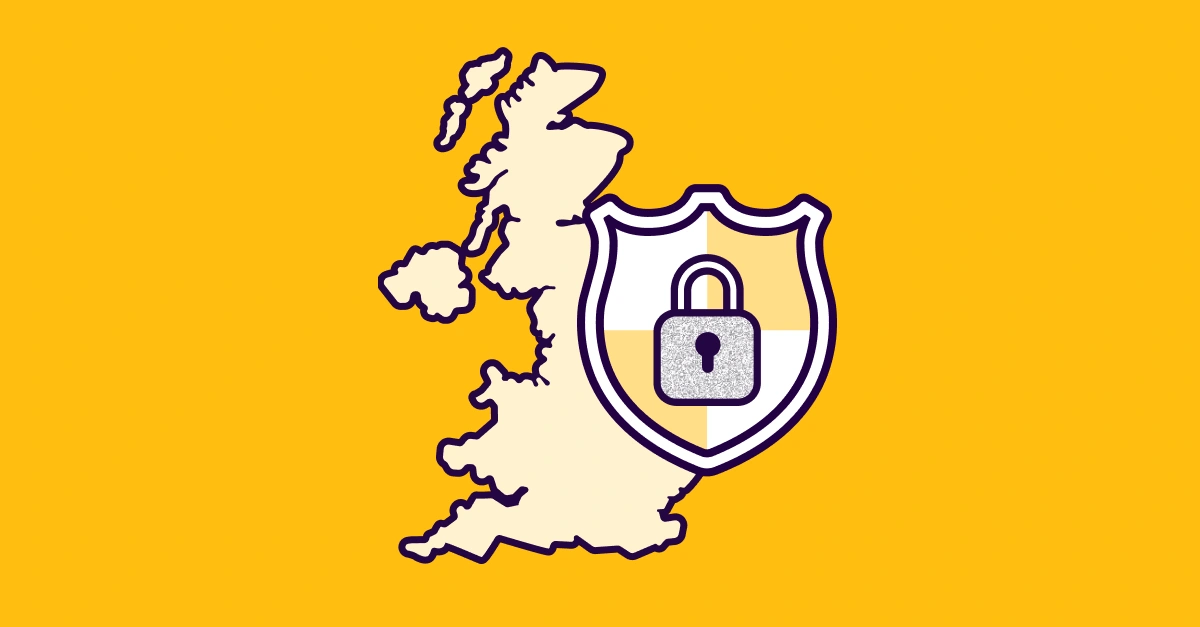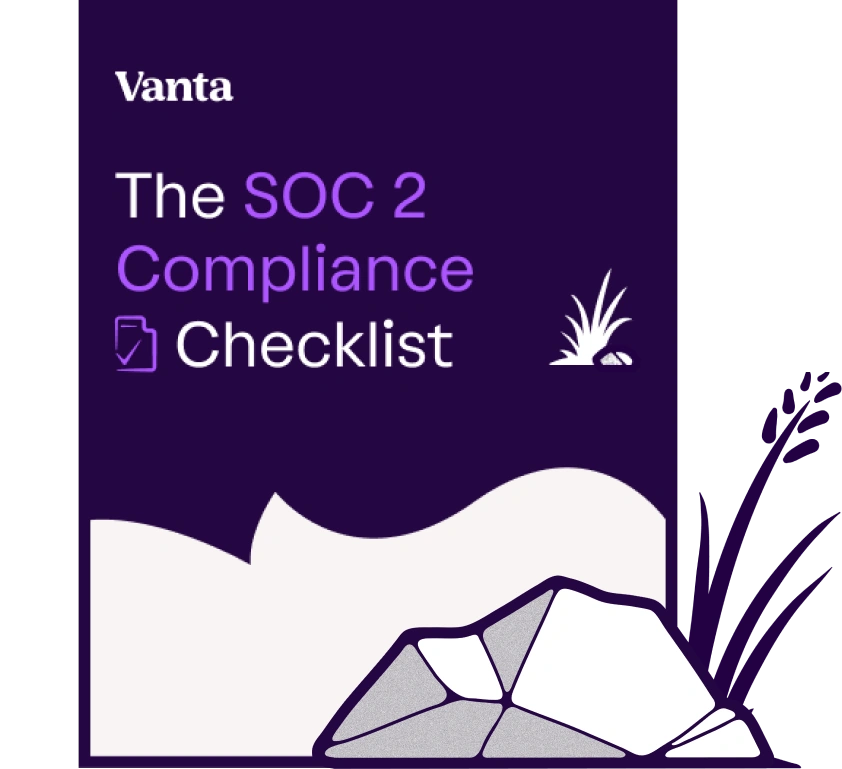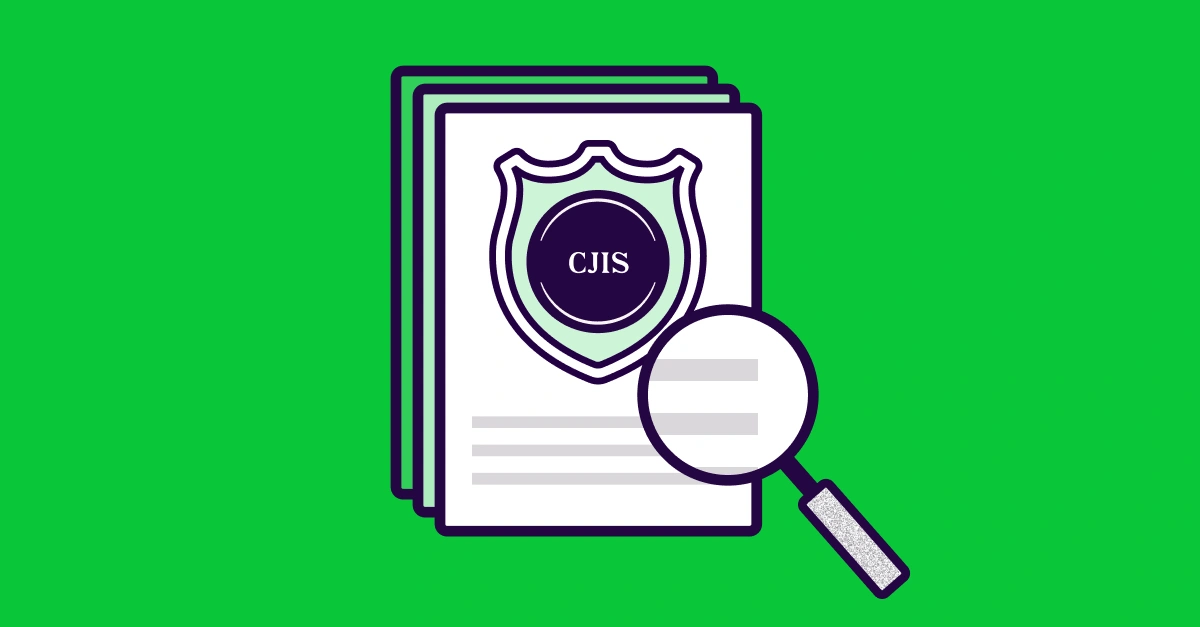Share this article

Cybersecurity laws and regulations in the UK: Your guide for 2025
Accelerating security solutions for small businesses Tagore offers strategic services to small businesses. | A partnership that can scale Tagore prioritized finding a managed compliance partner with an established product, dedicated support team, and rapid release rate. | Standing out from competitors Tagore's partnership with Vanta enhances its strategic focus and deepens client value, creating differentiation in a competitive market. |
The compliance environment in the UK is rapidly evolving as more organisations adopt cloud-based services and accelerate digitalisation efforts. According to Vanta’s 2025 UK State of Trust Report, about 54% of organisations in the UK increased their investment in automation and IT in the past year, outpacing countries like the United States and Australia.
This shift has also led to an increased awareness of risks as teams navigate evolving technologies to secure data and systems alongside a growing list of regulatory and legal requirements.
On top of that, organisations are still adapting to the post-Brexit compliance landscape that has prompted the UK to publish and enact its own laws and regulations, independent of the EU. This has created a dual compliance environment for companies operating in both jurisdictions.
This article will guide you through:
- UK-specific laws and regulations
- Cross-border regulations for UK-based companies
- Potential future of the UK compliance landscape
Key cybersecurity laws and regulations in the UK
The UK has established a comprehensive framework of laws and regulations to support organisations across sectors with clear standards for managing and responding to cybersecurity risks. As with cross-border standards, they focus on strengthening national cyber resiliency, enhancing customer trust, and minimising the risk of operational disruptions.
Due to the UK’s unique regulatory position after its departure from the EU, its post-Brexit compliance landscape is split into two categories:
- UK-specific laws and regulations: Developed and enforced by UK authorities
- Cross-border laws and regulations: Broader compliance requirements for organisations operating in other jurisdictions
It’s worth noting that several widely adopted global regulations and frameworks, such as HIPAA, NIST AI RMF, and SOC 2, don’t apply to the UK. However, many organisations still pursue them to strengthen security and gain a competitive edge.
6 essential UK-specific laws and regulations
Most UK-specific laws and regulations are either adapted versions of existing EU laws or entirely new standards designed to address local cybersecurity and privacy nuances.
Consult the table below for a brief overview of the six relevant frameworks and regulations, followed by brief overviews:
1. UK-GDPR
The UK-GDPR is the UK's core data privacy law, designed to mirror the EU GDPR after Brexit with more localized context. Similar to the GDPR, the UK-GDPR aims to protect the fundamental rights of UK citizens when it comes to the processing of their data.
Compliance with the UK-GDPR is mandatory for organisations of all sizes that collect, maintain, or process UK citizens' personal information. This includes data businesses, public sector entities, and any organisation offering goods or services to UK residents.
Organisations subject to the regulation must implement specific security and privacy practices, such as:
- Implementing data subject rights workflows
- Designating a data protection officer (DPO)
- Conducting data protection impact assessments (DPIAs)
In addition, the UK-GDPR grants:
- Knowing if their personal data is being collected and stored
- Requesting deletion of such data
- Adding restrictions to data processing
- Data portability
2. DPA 2018
The Data Protection Act 2018 (DPA 2018) is a UK primary legislation that makes provision about the processing of personal data and, alongside the UK GDPR, sets the UK’s data-protection framework.
Part 2 of the DPA 2018 supplements the UK GDPR. The UK GDPR (and, by extension, the relevant parts of the DPA 2018) applies to organisations established in the UK and to organisations outside the UK that target or monitor individuals in the UK.
To comply with DPA 2018 obligations under DPA 2018 (with UK GDPR), organisations need to follow many administrative, security, and privacy measures, including:
- Embedding data protection by design and default
- Maintaining records of processing activities (ROPA)
- *Apply the six part-3 principles and, where automated processing is used, keep operational logs of specified actions
*Only applicable to competent authorities processing for law-enforcement purposes (Part 3)
3. UK Operational Resilience Framework
The Operational Resilience Framework is developed by the Bank of England, the Prudential Regulation Authority (PRA), and the Financial Conduct Authority (FCA). It sets baseline security standards financial entities in the UK should implement to proactively prepare for and mitigate operational disruptions.
As of March 31, 2025, all financial entities regulated by the Bank of England, the PRA, and the FCA must comply with this framework. This includes:
- Banks
- Insurers
- E-money firms
- Payment institutions
Non-compliance with the framework can result in corrective action, financial penalties, or legal escalations, depending on the severity of the violation.
To meet the framework’s requirements, in-scope entities must implement defined administrative and technological measures. Examples include:
- Conducting risk assessments for operational disruptions
- Performing gap assessments
- Identifying important staff, systems, and processes
- Reviewing and updating policies and procedures regularly
- Maintaining thorough documentation of compliance efforts
4. Computer Misuse Act 1990
The Computer Misuse Act, introduced in 1990, is the UK’s foundational cybercrime regulation. The act criminalises unauthorised access to computer systems, data theft, and other activities that may enable cyber crimes.
Compliance with the Computer Misuse Act is mandatory, and breaches may result in financial penalties or prison sentences, depending on the severity and intent behind the violation.
Ensuring compliance with the Computer Misuse Act requires organisations to:
- Develop comprehensive security policies, including an Acceptable Use Policy (AUP)
- Implement strong access controls and reviews
- Create and update incident response plans
- Conduct regular penetration tests
5. Telecommunications (Security) Act 2021
The Telecommunications (Security) Act is a regulation introduced in 2021 with the goal of strengthening the security posture of the UK’s telecom networks. The act imposes new legal obligations on telecom companies, with severe financial penalties for non-compliance.
Compliance with the act is mandatory for all public telecommunication service providers, which can be classified into one of three tiers, depending on their size and the potential impact of a breach:
- Tier 1: Organisations with an annual turnover of £1 billion or more, whose disruption could have significant economic and social consequences
- Tier 2: Organisations with an annual turnover of £50 million—£1 billion, whose disruption could have potential social, security, and economic effects
- Tier 3: Organisations with an annual turnover of less than £50 million, whose disruption would affect customers, with minimal impact beyond that
To achieve compliance with the act, telecom providers must implement and regularly review internal and supply chain safeguards, and ensure their workforce understands the potential risks within network systems.
6. PECR
The Privacy and Electronic Communications Regulations (PECR) aims to give UK citizens greater rights regarding electronic marketing and communication activities, such as marketing calls, cookies, and securing communication services.
Compliance with the PECR is mandatory for all organisations that send electronic marketing materials or use cookies and similar technologies. Non-compliance can result in corrective action, audits, financial penalties, or criminal prosecution.
To achieve PECR compliance, organisations must implement policies, procedures, and safeguards, such as:
- Obtaining consent where required
- Implementing appropriate safeguards for private information
- Securing communications
5 cross-border laws and regulations applicable in the UK
Most cross-border laws and regulations relevant in the UK originate in the EU. These regulations apply to all organisations that operate within the EU, regardless of where they are located, so UK-based entities must comply only if they have operations, infrastructure, or customers within the EU.
Consult the table below for an overview of the five major cross-border laws and regulations applicable in the UK:
{{cta_withimage3="/cta-blocks"}}
1. NIS 2
The NIS 2 directive introduces numerous controls intended to strengthen the security posture of organisations within EU Member States. It’s an update to the original NIS directive, which was designed with the same goal but lacked effective measures and prescriptive guidance.
NIS 2 applies to organisations within 15 sectors, including:
- Energy
- Transport
- Finance
- Health
- Digital infrastructure
- Postal services
- Waste management
- Food production
- Digital providers
Organisations within these sectors are categorised either as essential or important entities, depending on their size and the criticality of the services they provide.
Compliance with NIS 2 is mandatory, and violations can result in corrective measures, financial penalties, and even sanctions against top management to add personal liability.
After Brexit, NIS 2 doesn’t directly apply to all UK-based entities. However, organisations can still fall under the scope if they provide services in EU Member States within the relevant sectors and meet the criteria for an essential or important entity.
If your organisation falls under the NIS 2 scope, you must implement a selection of security and business continuity requirements, such as:
- Backup management policies
- Incident response plans
- Business continuity plans
- Access point policies
- Continuous authentication solutions
- Cyber risk management evaluation procedures
Note: The UK is also preparing a Cyber Security and Resilience Bill, intended as an equivalent to the EU’s NIS 2. The bill is still in the early stages of development and is expected to be introduced to Parliament in 2025.
2. DORA
The Digital Operational Resilience Act (DORA) was introduced in January 2023 to enhance cybersecurity and operational resilience for financial entities in the EU.
This mandatory compliance framework aims to strengthen the resilience of organisations in the finance and insurance sectors against information and communications technology (ICT) threats and incidents. Non-compliance can result in penalties such as fines, cease and desist orders, or legal action.
DORA is location agnostic—all organisations operating within the EU must comply with it. Therefore, UK-based financial entities with ICT dependencies within the EU or those providing services in its Member States must assess whether they fall under DORA’s scope and ensure compliance.
DORA is structured around five pillars, each introducing an objective and a set of requirements that help meet it:
3. EU Cybersecurity Act
The EU Cybersecurity Act strengthens the authority of the EU Agency for cybersecurity (ENISA) and establishes a certifiable framework for ICT products and services. The act aims to enhance the overall level of cybersecurity, resilience, and trust within the EU by introducing harmonized requirements.
Unlike DORA and NIS 2, which impose mandatory requirements, the EU Cybersecurity Act is mostly voluntary. However, organisations may be required to achieve certification if other EU regulations, such as the Cyber Resilience Act, specify it.
Currently, UK-based entities are not automatically required to comply with the Cybersecurity Act. However, organisations offering ICT products, services, or processes in the EU market are expected to pursue certification. This includes meeting requirements outlined in schemes, such as:
- Implementing adequate security measures
- Conducting vulnerability impact analyses based on feedback
- Generating reports based on those analyses and notifying relevant authorities
- Maintaining documentation for five years
4. EU Cyber Resilience Act
The EU Cyber Resilience Act boosts the cybersecurity standards for products with digital components by requiring manufacturers and retailers to ensure cybersecurity throughout the product lifecycle. Its purpose is to safeguard consumers and businesses buying software and hardware in the EU.
Compliance with the act is mandatory and extends to all organisations that manufacture or distribute in-scope products in the EU, regardless of their location. The resulting Cyber Resilience Act requirements include:
- Conducting risk assessments for the product
- Exercising due diligence when integrating third-party components
- Implementing and regularly updating security measures
- Establishing procedures to demonstrate compliance with the act
5. EU Artificial Intelligence Act
The EU AI Act was created by the European Commission to regulate AI systems based on risk levels. The regulation promotes safe, transparent, and responsible use of AI across the EU, while enabling innovation and protecting fundamental rights.
The act classifies AI systems into four categories based on the risks they pose, each dictating the specific requirements. The categories are:
- Unacceptable: Systems that can endanger EU citizens via unfair, manipulative, or deceptive tactics, and are completely banned in the EU.
- High risk: Systems that can cause harm when used incorrectly, such as self-driving vehicles and medical classification systems. These systems require demonstrating adherence to the act throughout their lifecycle.
- Limited risk: These systems can cause limited risk to individuals, but they still have to meet certain requirements. Compliance focuses on transparency and maintaining necessary documentation.
- Minimal risk: These systems are traditional or general AI programs that pose no danger and don’t fall under the scope of the act.
UK-based entities are only considered in-scope for the EU AI Act if they use or release AI systems or models within the EU.
{{cta_withimage22="/cta-blocks"}}
What will the UK compliance space look like in the future?
The current UK compliance space remains fluid. Local data protection laws have been under review since October 2024 and may be subject to further amendments in the future. A key point to revisit would be December 27, 2025, when the UK’s adequacy decisions with the EU are set to expire.
Adequacy decisions ensure free flow of data between EU and non-EU countries by providing data protection equivalent to that offered in the EU. If not renewed, UK organizations would have to meet additional compliance requirements while transferring data across borders.
One way to prepare for such shifts is to create fewer silos in company departments. Teams should work toward more fluid communication flows that minimize interdepartmental silos and facilitate regulatory adjustments.
Organisations can gain further competitive edge by leveraging public trust centers to demonstrate compliance with broader, widely accepted frameworks, such as ISO 27001 and SOC 2.
Ensure continuous compliance with Vanta
According to the UK State of Trust Report, 77% of IT decision-makers in the UK believe they can save their company time and money by investing in automation. If you’re looking for similar outcomes, Vanta’s global trust management platform can be what your team needs.
Vanta supports compliance through automation, reducing manual effort and speeding up compliance for 35+ frameworks and attestations, including SOC 2, HIPAA, and GDPR. It enables real-time monitoring, helps teams be proactive with continuous monitoring, and speeds up reaction times.
The platform offers a dedicated compliance automation product that comes with features designed for productivity, such as:
- 1200+ automated, hourly tests
- Automated evidence collection through [integrations_count] integrations
- Risk remediation powered by AI-generated code snippets
- Pre-built policy templates with a built-in customization tool
- End-to-end audit support
- Public trust centers for one-click demonstrability
In complex compliance environments, Vanta can leverage the cross-mapping feature to map overlapping controls across relevant security frameworks, reducing duplicate effort.
Schedule a custom demo to explore how Vanta can support the compliance requirements for your region.
{{cta_simple29="/cta-blocks"}}





FEATURED VANTA RESOURCE
The ultimate guide to scaling your compliance program
Learn how to scale, manage, and optimize alongside your business goals.
















.png)
.svg)
.png)
.png)
.png)








.svg)
.svg)
.png)
.png)
.png)